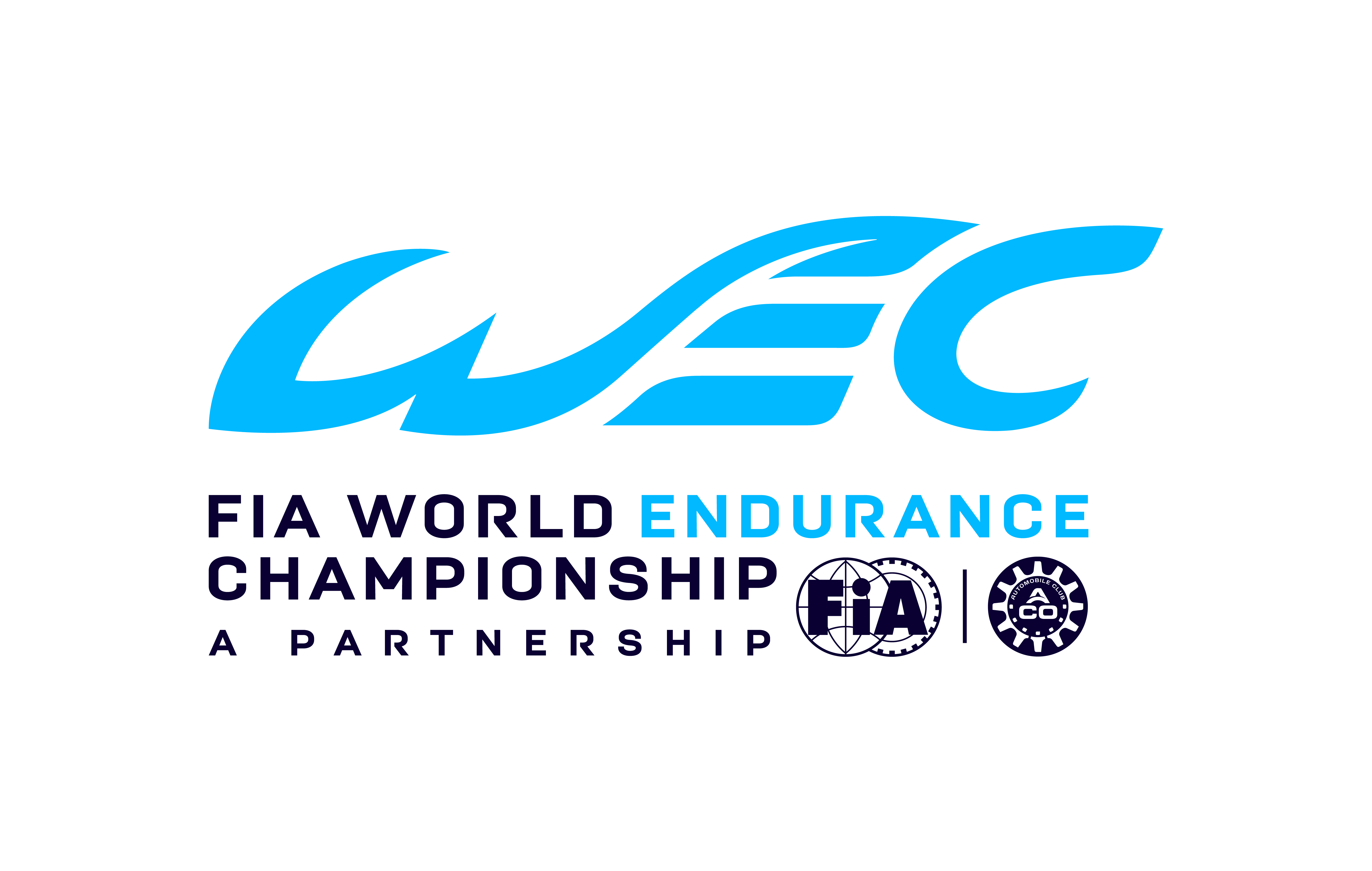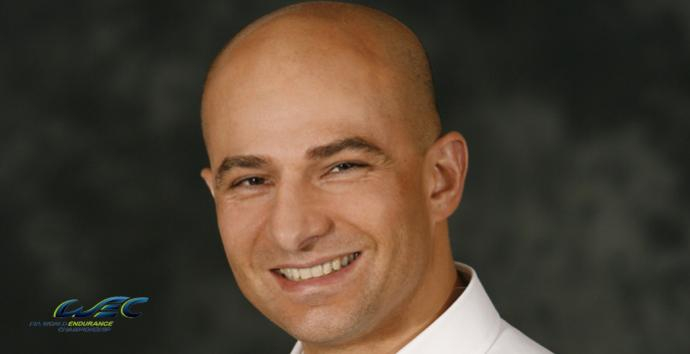

Since the beginning of 2013 the cool, calm and collected presence of Pascal Dimitri has been a very welcome presence not only within the FIA World Endurance Championship organisation team, but also within racing paddocks around the world.
The Frenchman is a well-known and respected face in endurance racing from his time at Peugeot Sport, first as Logistics Manager and latterly as Team Manager of the French team’s endurance programme. Now, as Operations Director for both the WEC and ELMS, he is a key member of the Le Mans Endurance Management team.
Some fans have asked why there was such a long gap between the third and fourth rounds of the 2013 FIA WEC, the 24 Hours of Le Mans and the 6 Hours of São Paulo, while others have asked how the championship moves around the world. Visiting South and North America, Japan, China and the Middle East, the logistics present a formidable challenge and Pascal here explains what is involved.
So, why is there such a long wait for more WEC racing after Le Mans?
“Well, first of all it’s because our teams have to rebuild their cars after Le Mans and that takes a while; it’s such a big event everyone is quite tired too and holidays are fitted in before the busy second half of the season!,” acknowledges Pascal.
“Most importantly though, it’s because we decided at the beginning of the year to reduce teams’ transportation costs, using a mixed freight package between sea and air. We are using 40 shipping containers (each of which is 40ft/12m and can carry over 26,000kg of goods) for everything, plus our partner companies such as Michelin and Dunlop have an additional 11 containers.”

In these are all the race cars, the teams’ pit and garage equipment, Championship equipment such as pace cars, banners and signage, Spirit Club set up (hospitality), office machinery, all the TV equipment and much more. The task of deciding what should or should not be shipped is a mammoth one alone, and the Operations team has worked closely with the teams throughout the year.
“We have a partnership with DHL,” notes Pascal, “who deal with all the booking and organisation of the sea and air freight, helping us and the teams with all the Customs documentation. They are doing a great job and we have to thank them for that. Internally, we have Benjamin Marchal and Pierre Coiffier who deal directly with the teams and handle the day-to-day transfer of information, and also organise all our own freight – three of those containers are completely full of WEC goods.”
From Antwerp in Europe, the sea freight left on 20th July for Santos in Brazil. In addition, one full Boeing 747 left at a later date as there was some equipment which couldn’t be in transit for such a long period of time. Teams each took their freight to the harbour and loaded it directly into their own container, with DHL being on hand for security and loading advice.
 From Brazil the 367,264 kg of freight has been flown to Texas in four Boeing 747s and, following the 6 Hours of Circuit of The Americas, it will also be flown from Austin to Fuji. After the Japanese round, everything will be put back into the 40ft sea freight containers, plus one 747, heading for Shanghai. After air freighting from China to Bahrain, due to time constraints, the entire cargo will be sea freighted back to Europe, arriving on the 20th January 2014.
From Brazil the 367,264 kg of freight has been flown to Texas in four Boeing 747s and, following the 6 Hours of Circuit of The Americas, it will also be flown from Austin to Fuji. After the Japanese round, everything will be put back into the 40ft sea freight containers, plus one 747, heading for Shanghai. After air freighting from China to Bahrain, due to time constraints, the entire cargo will be sea freighted back to Europe, arriving on the 20th January 2014.
Dimitri: “It looks like it should be shorter in distance to get things back to Europe from Bahrain, than it was to get to Brazil but in fact it takes longer because of the world shipping routes. Because of this we will put on one or two additional planes for teams to bring back what equipment they need to rebuild the cars and prepare for the 2014 season.”
With any news system there are invariably additional costs or teething problems, but Pascal says that the teams have been very positive and all acknowledge that next year will inevitably be even better. “The main issue this year was using both sea and air freight systems,” he says. “Both are not compatible with each other so we had to find solutions, and build some equipment specially to be able to work for both. For example the transport pallets we have for air freight, such as those used for carrying the cars, are not needed for sea freight but they have to be transported on all legs of the round-the-world journey.
“We did a lot of work over the winter to prepare for this, as I know the teams have too – many of them are quite experienced at moving themselves around the world but for others it was very new. For all of us it’s been quite an exercise to see how it all works, and I am very confident that for 2014 it will be much easier for everyone. The transportation pallets and equipment are already in place and paid for, and we will all have 2013’s experience to call upon. Just like in racing, when pit stop practice for example ensures quick and safe fuelling and tyre changes, you know the organisation of an event will be easier and easier when you are repeating the experience year after year.”
Fiona Miller
Photos: Cars being prepared for air freight.